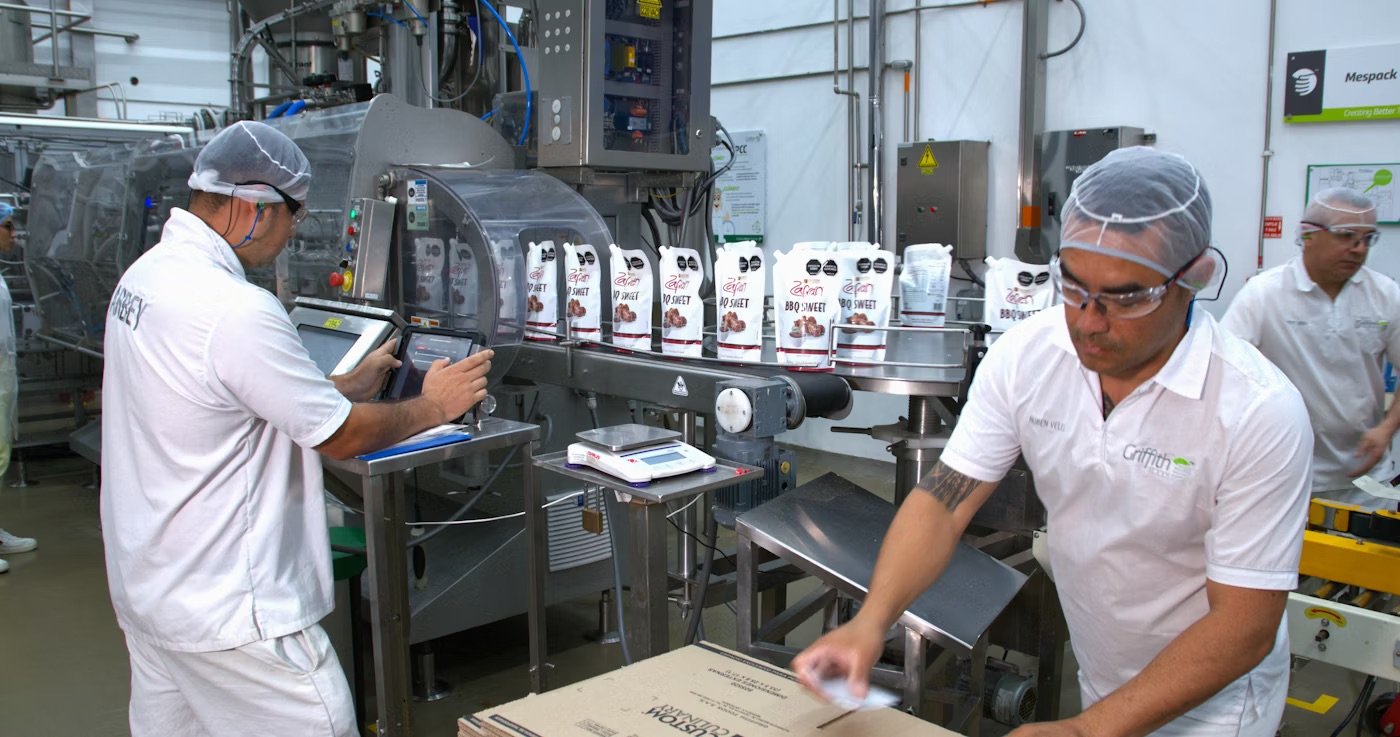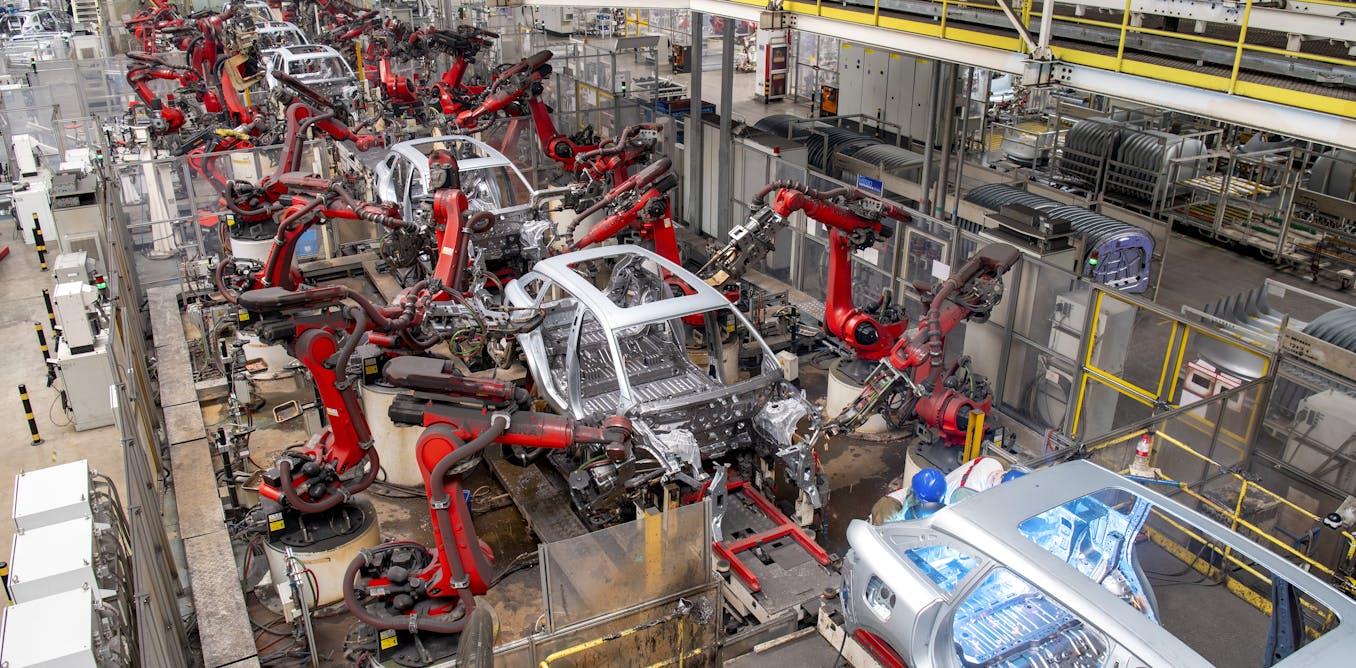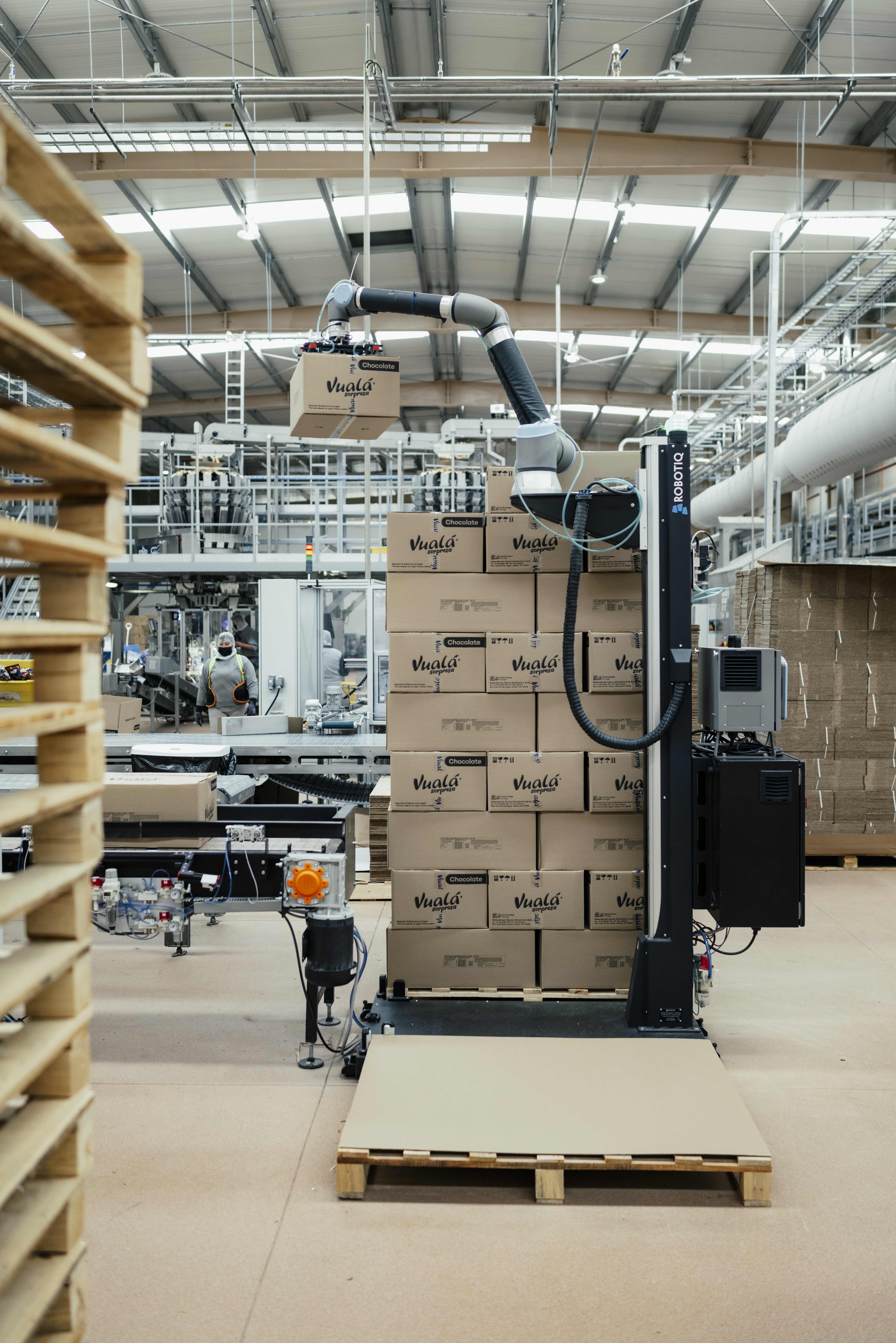Video Friday is your weekly selection of awesome robotics videos, collected by your friends at IEEE Spectrum robotics. We also post a weekly calendar of upcoming robotics events for the next few months. Please send us your events for inclusion.
RO-MAN 2025: 25–29 August 2025, EINDHOVEN, NETHERLANDS
CLAWAR 2025: 5–7 September 2025, SHENZHEN, CHINA
ACTUATE 2025: 23–24 September 2025, SAN FRANCISCO
CoRL 2025: 27–30 September 2025, SEOUL
IEEE Humanoids: 30 September–2 October 2025, SEOUL
World Robot Summit: 10–12 October 2025, OSAKA, JAPAN
IROS 2025: 19–25 October 2025, HANGZHOU, CHINA
Enjoy today’s videos!
AeroVironment revealed Skyfall—a potential future mission concept for next-generation Mars Helicopters developed with NASA’s Jet Propulsion Laboratory (JPL) to help pave the way for human landing on Mars through autonomous aerial exploration.
The concept is heavily focused on rapidly delivering an affordable, technically mature solution for expanded Mars exploration that would be ready for launch by 2028. Skyfall is designed to deploy six scout helicopters on Mars, where they would explore many of the sites selected by NASA and industry as top candidate landing sites for America’s first Martian astronauts. While exploring the region, each helicopter can operate independently, beaming high-resolution surface imaging and subsurface radar data back to Earth for analysis, helping ensure crewed vehicles make safe landings at areas with maximum amounts of water, ice, and other resources.
The concept would be the first to use the “Skyfall Maneuver”—an innovative entry, descent, and landing technique whereby the six rotorcraft deploy from their entry capsule during its descent through the Martian atmosphere. By flying the helicopters down to the Mars surface under their own power, Skyfall would eliminate the necessity for a landing platform–traditionally one of the most expensive, complex, and risky elements of any Mars mission.
[ AeroVironment ]
By far the best part of videos like these is watching the expressions on the faces of the students when their robots succeed at something.
[ RaiLab ]
This is just a rendering of course, but the real thing should be showing up on 6 August.
[ Fourier ]
Top performer in its class! Less than two weeks after its last release, MagicLab unveils another breakthrough — MagicDog-W, the wheeled quadruped robot. Cyber-flex, dominate all terrains!
[ MagicLab ]
Inspired by the octopus’s remarkable ability to wrap and grip with precision, this study introduces a vacuum-driven, origami-inspired soft actuator that mimics such versatility through self-folding design and high bending angles. Its crease-free, 3D-printable structure enables compact, modular robotics with enhanced grasping force—ideal for handling objects of various shapes and sizes using octopus-like suction synergy.
[ Paper ] via [ IEEE Transactions on Robots ]
Thanks, Bram!
Is it a plane? Is it a helicopter? Yes.
[ Robotics and Intelligent Systems Laboratory, City University of Hong Kong ]
You don’t need wrist rotation as long as you have the right gripper.
[ Nature Machine Intelligence ]
ICRA 2026 will be in Vienna next June!
[ ICRA 2026 ]
Boing, boing, boing!
[ Robotics and Intelligent Systems Laboratory, City University of Hong Kong ]
ROBOTERA Unveils L7: Next-Generation Full-Size Bipedal Humanoid Robot with Powerful Mobility and Dexterous Manipulation!
[ ROBOTERA ]
Meet UBTECH New-Gen of Industrial Humanoid Robot—Walker S2 makes multiple industry-leading breakthroughs! Walker S2 is the world’s first humanoid robot to achieve 3-minute autonomous battery swapping and 24/7 continuous operation.
[ UBTECH ]
ARMstrong Dex is a human-scale dual-arm hydraulic robot developed by the Korea Atomic Energy Research Institute (KAERI) for disaster response. It can perform vertical pull-ups and manipulate loads over 50 kilograms, demonstrating strength beyond human capabilities. However, disaster environments also require agility and fast, precise movement. This test evaluated ARMstrong Dex’s ability to throw a 500-milliliter water bottle (0.5 kg) into a target container. The experiment assessed high-speed coordination, trajectory control, and endpoint accuracy, which are key attributes for operating in dynamic rescue scenarios.
[ KAERI ]
This is not a humanoid robot, it’s a data-acquisition platform.
[ PNDbotics ]
Neat feature on this drone to shift the battery back and forth to compensate for movement of the arm.
[ Paper ] via [ Drones journal ]
As residential buildings become taller and more advanced, the demand for seamless and secure in-building delivery continues to grow. In high-end apartments and modern senior living facilities where couriers cannot access upper floors, robots like FlashBot Max are becoming essential. In this featured elderly care residence, FlashBot Max completes 80 to 100 deliveries daily, seamlessly navigating elevators, notifying residents upon arrival, and returning to its charging station after each delivery.
[ Pudu Robotics ]
“How to Shake Trees With Aerial Manipulators.”
[ GRVC ]
We see a future where seeing a cobot in a hospital delivering supplies feels as normal as seeing a tractor in a field. Watch our CEO Brad Porter share what robots moving in the world should feel like.
[ Cobot ]
Introducing the Engineered Arts UI for robot Roles, it’s now simple to set up a robot to behave exactly the way you want it to. We give a quick overview of customization for languages, personality, knowledge, and abilities. All of this is done with no code. Just simple LLM prompts, drop-down list selections and some switches to enable the features you need.
[ Engineered Arts ]
Unlike most quadrupeds, CARA doesn’t use any gears or pulleys. Instead, her joints are driven by rope through capstan drives. Capstan drives offer several advantages: zero backlash, high torque transparency, low inertia, low cost, and quiet operation. These qualities make them an ideal speed reducer for robotics.
[ CARA ]

The post “Video Friday: Skyfall Takes on Mars With Swarm Helicopter Concept” by Evan Ackerman was published on 07/25/2025 by spectrum.ieee.org
















.jpg)






